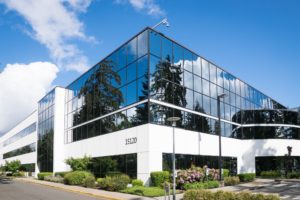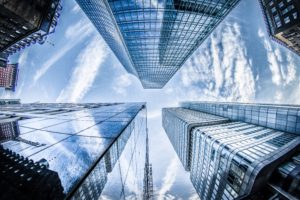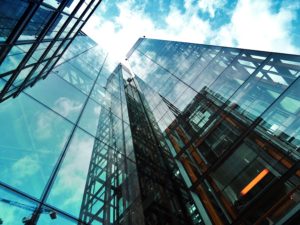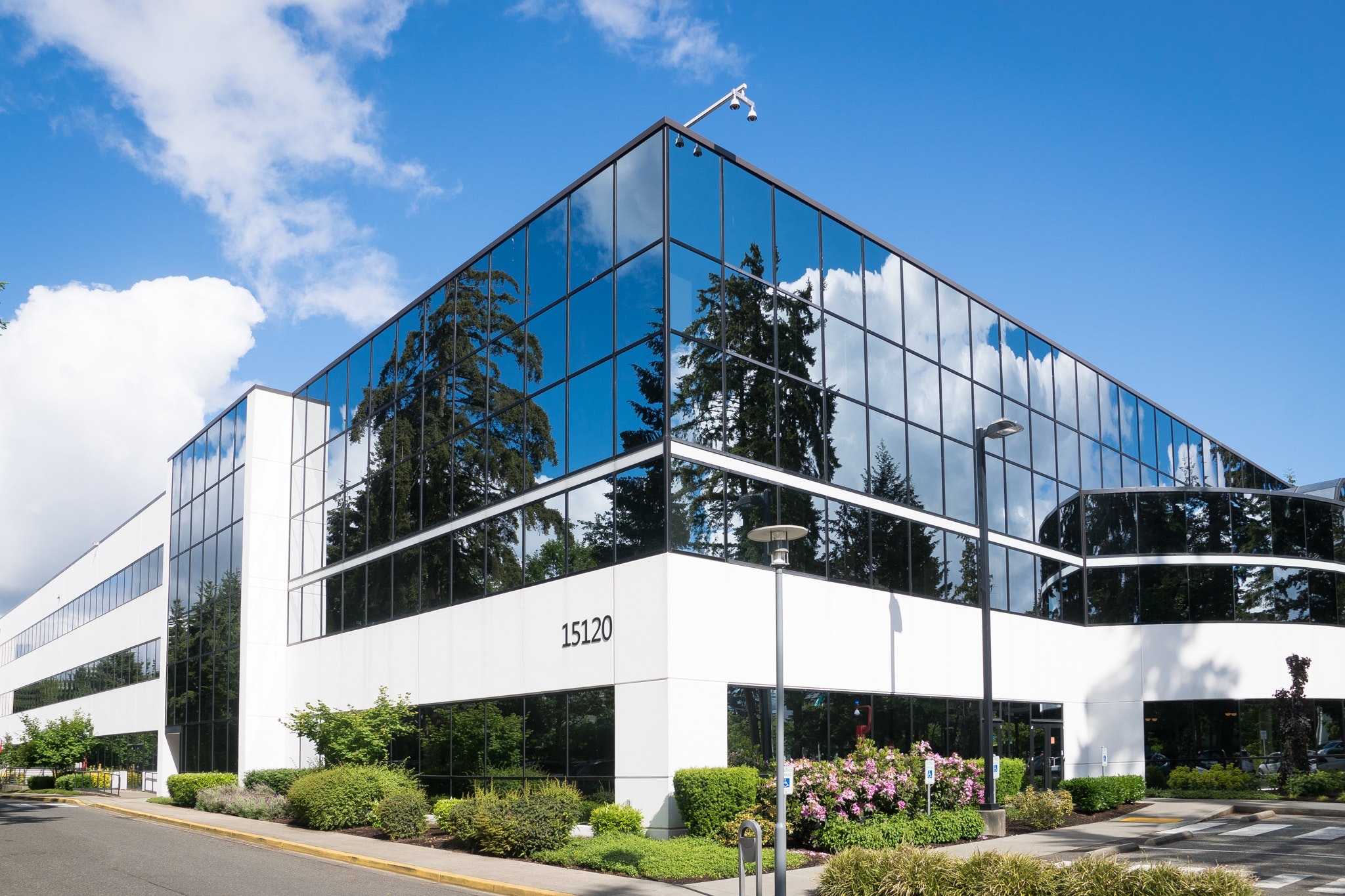


The construction industry, responsible for about 4% of the world’s particulate emissions, is one of the major sources of pollution. Despite our best construction practices, air, water, and noise pollution continue to threaten our way of life.
Green building, a method of construction used to design sustainable, energy-efficient residential and commercial buildings, is now a growing trend and no longer a construction novelty. With pollution jeopardizing air quality, drinking water, and even putting our wildlife at risk, green building has come to the forefront of the construction industry as a largely marketable, thoughtful, and productive method of building.
A combination of sustainable processes and use of high-quality, low-impact materials contribute to the practice of green building. The Environmental Protection Agency (EPA) promotes several components of green building, including renewable energy use, waste reduction, and use of environmentally preferable building materials.
The popular concept of “reduce, reuse, recycle” is an example of an environmentally-friendly practice used during green construction, especially when it comes to waste reduction. As far as environmentally preferable materials, where concrete and steel are often impractical and expensive materials, timber is a relatively inexpensive, naturally renewable alternative with long-term sustainability capabilities.
Ultimately, green construction processes present a pollution-profuse industry with the opportunity to build smarter and sustainably, better control costs, and maintain the condition of the earth.


